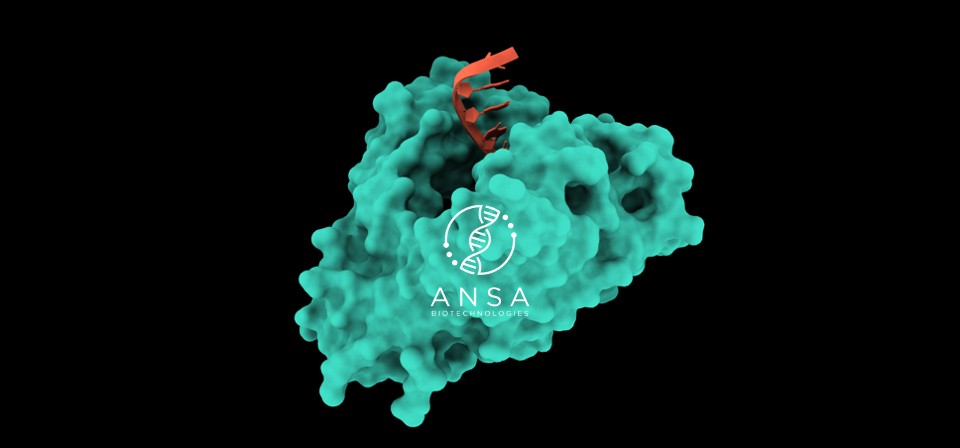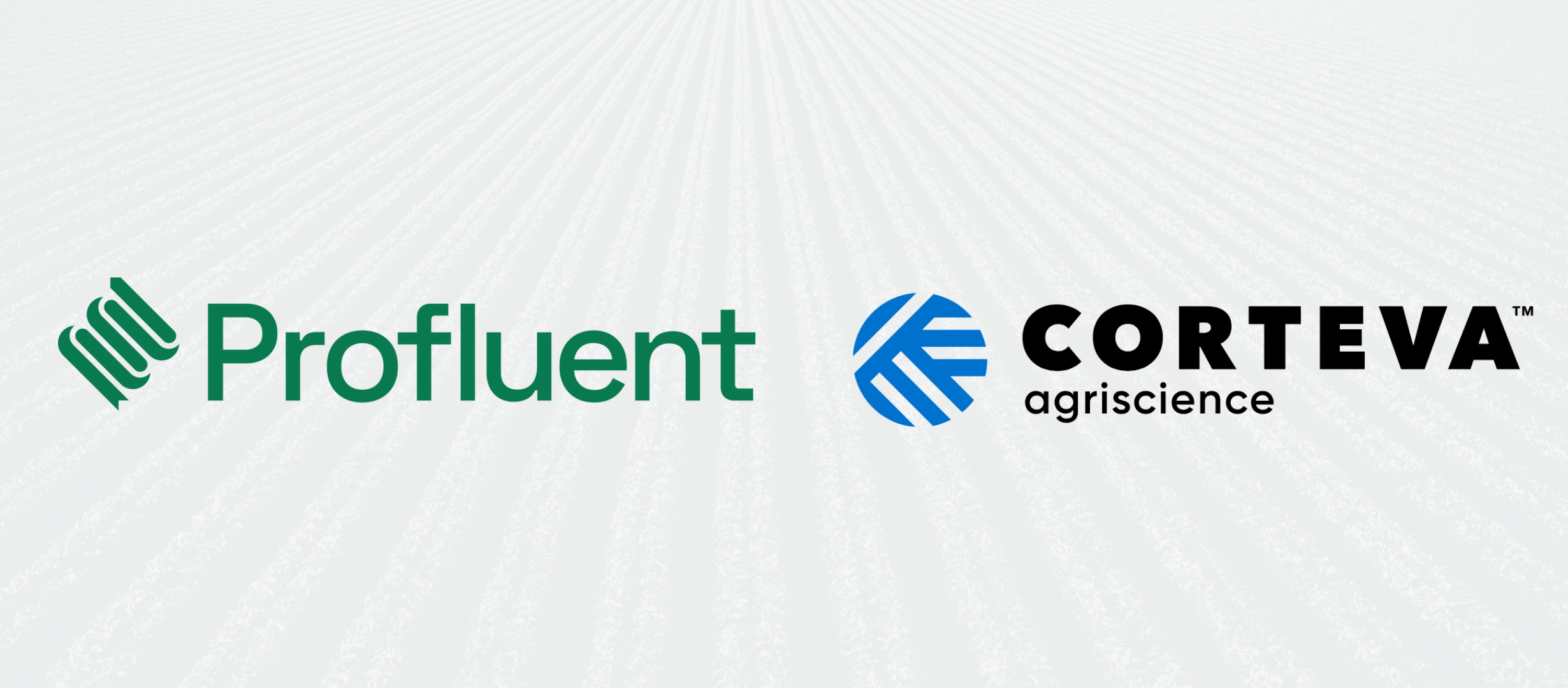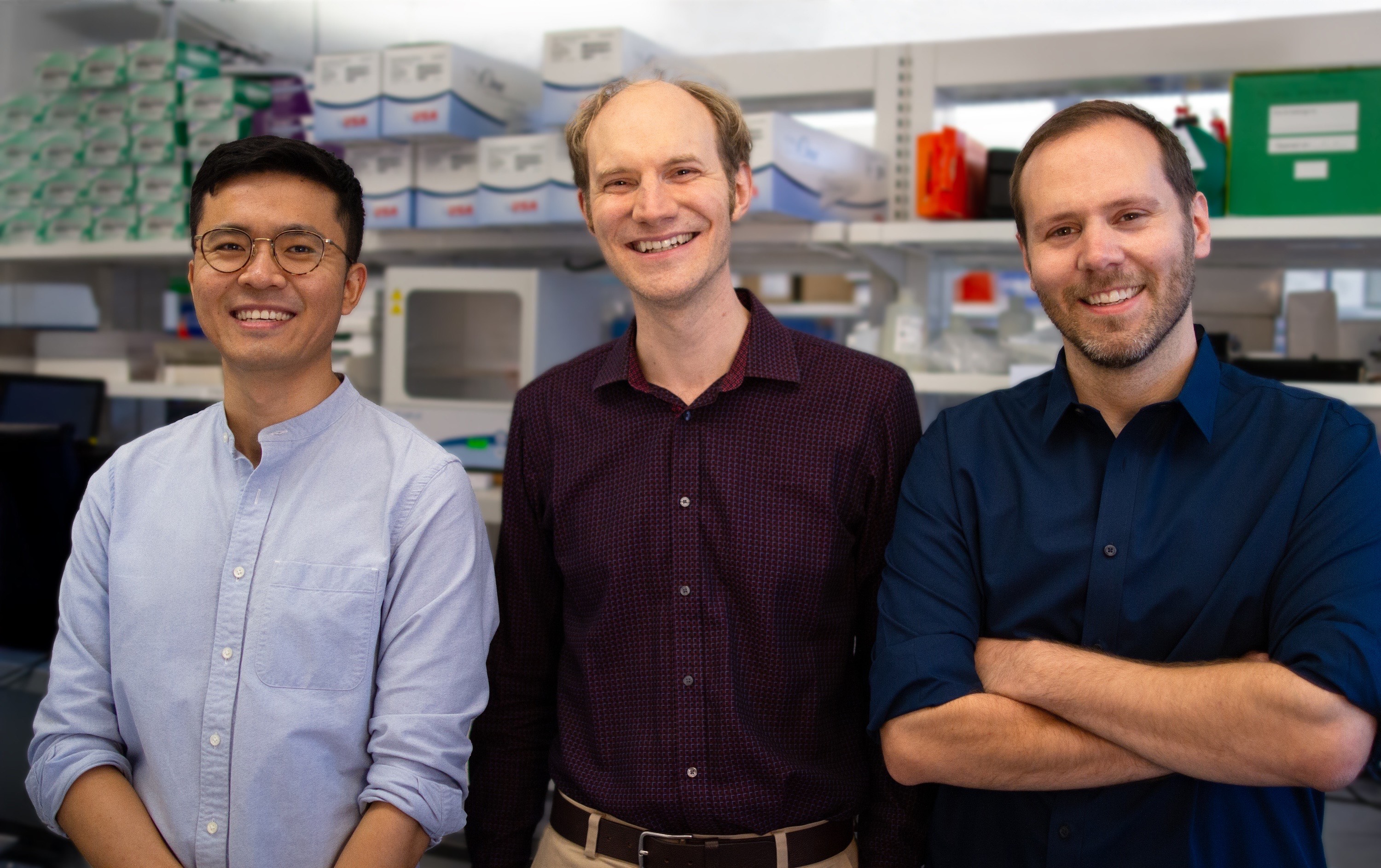
This design exchange consortium could accelerate the synthetic biology industry
This design exchange consortium could accelerate the synthetic biology industry
How do you represent your genetic designs? Nearly every synthetic biology company is involved in the engineering of new genetic designs. The methods used to describe and exchange designs are still mostly formats like GenBank and FASTA that were designed for interpreting the sequences of natural organisms. Engineering organisms, however, is a very different challenge.In synthetic biology, we are not just annotating existing sequences. Instead, we need to talk about biological constructs, networks, and pathways at every stage of development, from unrealized whiteboard sketch through exploration of alternatives, fabrication and testing, debugging and redesign, adaptation to requirements changes, etc. We need to be able to simultaneously reason about the structure of a possibly-incomplete sequence and also about its intended function and products, reactions or other interactions, and associated parameters, data, and models. Furthermore, we need to be able to link design information with all the other stages of the engineering cycle: how they are realized, the contexts in which they are tested, and the data that comes out of those tests to feed the next cycle of learning and design.
Building a language for synthetic biology
The Synthetic Biology Open Language (SBOL) community has been developing a data representation that can rise to handle all of these challenges. The first version of SBOL, released in 2011, allowed description of incomplete designs and the composition of parts into systems. In 2015, SBOL 2 complemented structural specification with functional specification and a rich capability for open-ended annotation. Subsequent extensions have further added combinatorial designs and libraries and the ability to link parameters, samples, and data throughout the design-build-test-learn cycle. At the same time, the community has also developed the SBOL Visual diagram language, which organizes and systematizes the symbols already being used for drawing genetic designs.

SBOL Visual provides a language for consistent diagrams of genetic designs, including sequences, products, reactions, and other interactions and structure in a system. Image courtesy of SBOL Community Media collectionIn principle, the advantages of the SBOL representation should be clear. Any organization not using SBOL to represent genetic designs will likely have to effectively re-implement something with similar functionality, so why not use something that has already been worked out instead of building your own from scratch? Likewise, SBOL should enable much richer design exchange between companies, reducing friction of business-to-business interactions and enabling the development of new and better services. In practice, however, as with any technology, making effective use of SBOL also requires developing and maintaining an ecosystem of tools and practices well-suited for the industrial environment.

Introducing the SBOL Industrial Consortium
To this end, a group of companies are now launching a pre-competitive consortium to support the industrial application of these technologies. The SBOL Industrial Consortium is a non-profit organization supporting innovation, dissemination, and integration of SBOL standards, tools and practices for practical applications in an industrial environment. The six founding companies of the consortium are Raytheon BBN Technologies, Amyris, Doulix, IDT, Shipyard Toolchains, TeselaGen, and Zymergen, representing a diverse set of interests and business models across the synthetic biology community.The SBOL Industrial Consortium will facilitate industry-focused development of representational technologies in several ways. The consortium will help coordinate development of standards and tools, both with the academic community and from member to member, in order to ensure that the SBOL standards are well-tuned to support the specific industrial needs of the members of the consortium. Financial support will also be provided by the consortium for selected projects and activities, and for key pieces of community infrastructure.Another activity of the consortium will be sharing of knowledge, expertise, and emerging best practices, and the creation of training and adoption resources in order to better facilitate usage of SBOL. Coordination through the consortium will also help stimulate the development of new business opportunities enabled by the use of shared standards.Standards for information sharing have radically transformed the business landscapes of many industries, removing barriers to interaction and providing opportunities for entire new business models to develop. Synthetic biology is ripe for such a transformation now, with many companies offering innovative new services and products related to organism development. Moving from ad hoc or inadequate representations to shared standards for information about genetic designs will help to boost the fortunes of everyone involved, and the SBOL Industrial Consortium hopes to play a key role in accelerating that transformation.More information on the SBOL Industrial Consortium, including information on how to join, can be found online at: http://sbolstandard.org/sbol-industrial/The SBOL Industrial Consortium will be at SynBioBeta in San Francisco this fall, where the consortium is organizing a session on industrial use of standards and representation.



.svg)





.png)



.jpg)

.gif)